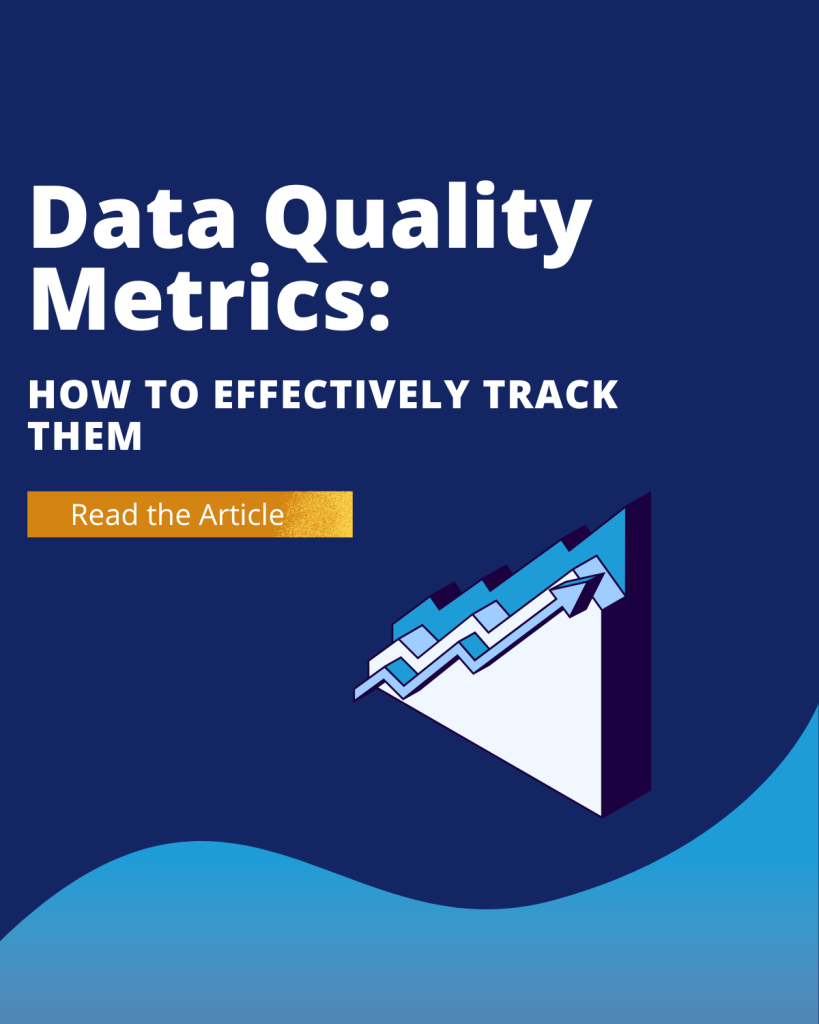Introduction
Velocity metrics play a crucial role in the Scrum methodology, providing valuable insights into a project’s progress and efficiency. By tracking and analyzing these metrics, teams can measure their productivity, identify bottlenecks, and make data-driven decisions. This way they can improve their overall performance. In this article, we will explore the concept of velocity metrics in Scrum and delve into how teams calculate the. Also, we will discuss their significance in project planning, and highlight best practices for measuring and interpreting them.
Velocity Metrics in Scrum Methodology
In the Scrum methodology, velocity metrics refer to the measurement of the amount of work a team can complete in a given time frame, typically a sprint. It provides an estimate of the team’s productivity and helps in planning future sprints. Velocity metrics are essential for Scrum teams as they provide a baseline for predicting how much work can be accomplished in subsequent sprints.
How do you track velocity in Scrum?
Tracking velocity in Scrum involves measuring the number of user stories or story points completed in each sprint. The team can calculate velocity by summing up the story points of all the completed user stories at the end of a sprint. For example, if a team completes user stories with a total of 30 story points in a sprint, their velocity for that sprint would be 30.
Understanding the Importance of Metrics in Scrum
Metrics in Scrum are vital for several reasons. Firstly, they provide visibility into the team’s progress and performance. By tracking velocity metrics, teams can measure their productivity and determine whether they are on track to meet their project goals. It also helps in identifying potential bottlenecks and areas of improvement.
Secondly, metrics enable better project planning. By analyzing past velocity metrics, teams can estimate how much work they can complete in future sprints. This helps in setting realistic expectations and ensuring that the team is not over or undercommitting.
Lastly, metrics provide a basis for continuous improvement. By analyzing velocity metrics over time, teams can identify trends and patterns. This allows them to make data-driven decisions, experiment with different approaches, and continuously improve their efficiency and productivity.
What are velocity metrics and how are they calculated?
In Scrum, teams measure their work completion using velocity metrics, which quantify the amount of work accomplished within a sprint. Typically, teams express these metrics in terms of story points, representing the effort needed to complete a user story. The calculation of velocity metrics involves summing up the story points of all the completed user stories within a sprint.
It is important to note that velocity metrics should not be used for comparing teams or individuals. Each team has its own unique velocity based on their capabilities and context. Velocity metrics are most valuable when used as a baseline for measuring a team’s progress over time and making informed decisions for future sprints.
How is velocity calculated in a sprint?
Velocity in a sprint is calculated by summing up the story points of all the completed user stories. At the end of a sprint, the team assesses the user stories they have completed and assigns story points to each of them based on their complexity and effort required. The sum of these story points represents the team’s velocity for that sprint.
For example, if a team completes user stories with story points 3, 5, and 8 in a sprint, their velocity for that sprint would be 16.

The Role of Velocity Metrics in Project Planning
Velocity metrics play a crucial role in project planning. By analyzing past velocity metrics, teams can estimate how much work they can complete in future sprints. This helps in setting realistic expectations and ensuring that the team is not over or undercommitting.
When planning a new sprint, the team can use their average velocity from past sprints as a guide for determining the number of user stories or story points they can commit to. This allows for better resource allocation and prevents overloading the team with an unrealistic amount of work.
Using Velocity Metrics to Monitor Project Progress
Velocity metrics provide a valuable tool for monitoring project progress. By tracking the team’s velocity over time, stakeholders can gain visibility into the team’s performance and assess whether they are on track to meet project goals. If the team’s velocity remains consistent, it indicates that they are maintaining a steady pace and delivering work as planned. However, if the velocity significantly fluctuates or decreases, it may indicate potential bottlenecks or issues that need to be addressed. By regularly monitoring velocity metrics, teams can identify any deviations from the expected progress and take corrective actions in a timely manner.
Analyzing Velocity Metrics to Identify Bottlenecks and Improve Efficiency
One of the significant advantages of velocity metrics is their ability to highlight bottlenecks and areas for improvement. By analyzing the velocity metrics over time, teams can identify patterns and trends that may be affecting their productivity.
For example, if the team’s velocity decreases consistently over several sprints, it may indicate that there are underlying issues that need to be addressed. It could be due to external factors, such as changing requirements or resource constraints, or internal factors, such as inefficient processes or lack of collaboration. By identifying these bottlenecks, teams can take corrective actions to improve their efficiency and productivity. This may involve streamlining processes, providing additional training or resources, or addressing any communication or coordination challenges.
How is capacity calculated in Scrum?
Capacity in Scrum refers to the amount of work a team can handle in a sprint. It takes into account the team’s availability, taking into consideration factors such as vacations, time off, and non-project-related activities. To calculate capacity, the team needs to estimate the number of available working hours in a sprint. This involves considering the number of team members and their availability, factoring in any non-project-related tasks or commitments that may affect their capacity. For example, if a team has five members and each member is available for 40 hours in a two-week sprint, the team’s capacity would be 200 hours.
Common Challenges in Using Velocity Metrics and How to Overcome Them
While velocity metrics can provide valuable insights, there are some common challenges that teams may face when using them. One challenge is the variability in the estimation of story points. Different team members may have different interpretations of the complexity and effort required for a user story, leading to inconsistent estimations. To overcome this challenge, teams should invest time in refining their estimation techniques and establishing a shared understanding of story points. This can be achieved through collaborative discussions, knowledge sharing, and regular retrospectives to learn from past estimations.
Another challenge is the reliance on velocity as the sole measure of progress. Velocity alone may not provide a complete picture of a team’s performance. It is important to consider other factors such as quality, customer satisfaction, and stakeholder feedback when evaluating a project’s progress. Teams should aim for a balanced approach, using velocity metrics as one of several indicators of progress. Regular communication and feedback loops with stakeholders can provide additional insights and help in making informed decisions.
Best Practices for Measuring and Interpreting Velocity Metrics
To ensure accurate and meaningful velocity metrics, teams should follow some best practices:
- Consistency in estimation: Establish a shared understanding of story points and ensure consistent estimation practices across the team.
- Regular refinement: Dedicate time for regular refinement sessions to review and update the estimation of user stories based on new information or insights.
- Avoiding cherry-picking: Include all completed user stories, even if they are smaller or less complex, to ensure an accurate representation of the team’s velocity.
- Focus on trends, not individual sprints: Instead of analyzing velocity metrics for individual sprints, look for trends and patterns over multiple sprints to identify meaningful insights.
- Continuous improvement: Use velocity metrics as a basis for continuous improvement. Regularly review and analyze the metrics to identify areas for improvement and experiment with different approaches.
How is velocity measured in Agile?
Velocity is measured in Agile using story points. Story points represent the effort required to complete a user story, taking into account factors such as complexity, effort, and risk. The team assigns story points to each user story during the estimation process. At the end of a sprint, the team calculates their velocity by summing up the story points of all the completed user stories. This provides a measure of the team’s productivity and helps in planning future sprints.
Velocity Scrum Formula
The formula for calculating velocity in Scrum is as follows:
Velocity = Sum of story points completed in a sprint
For example, if a team completes user stories with story points 3, 5, and 8 in a sprint, their velocity for that sprint would be 16.
Tools and Software for Tracking Velocity Metrics in Scrum
There are several tools and software available that can assist teams in tracking and visualizing their velocity metrics in Scrum. Some popular tools include Jira, Trello, and Azure DevOps. These tools provide features for estimating user stories, tracking progress, and generating reports and charts for analyzing velocity metrics.
Teams can choose a tool that best suits their needs and integrates seamlessly with their existing Agile practices. It is important to ensure that the selected tool provides robust velocity tracking capabilities and supports the team’s preferred estimation techniques.
Conclusion
Velocity metrics are a powerful tool for measuring and improving project efficiency in the Scrum methodology. By tracking and analyzing these metrics, teams can gain insights into their productivity, identify bottlenecks, and make data-driven decisions to improve their overall performance.
It is important to use velocity metrics as one of several indicators of progress and not rely on them as the sole measure of success. By following best practices for measuring and interpreting velocity metrics, teams can ensure accurate and meaningful insights. With the right tools and a commitment to continuous improvement, teams can harness the power of velocity metrics. This way they can drive successful Scrum projects and deliver value to their stakeholders.
Implement velocity metrics in your Scrum projects today and unlock the potential for improved efficiency and productivity. Read our article about Agile Development Velocity and Agile Reporting Dashboard and learn how to track your team’s progress. Start measuring and interpreting velocity metrics to drive successful Scrum projects.
IT METRICS TO BECOME AN EXPERT














Leave a Reply